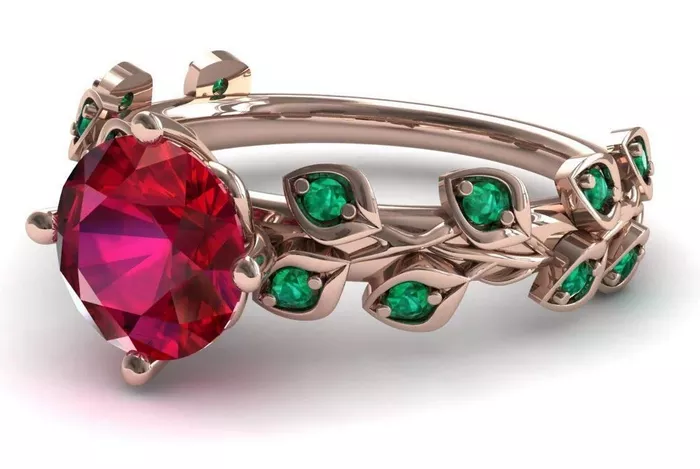The Gemological Institute of America (GIA) recently examined a Ramaura synthetic ruby that exhibited characteristics typically found in natural stones. The 2.14-carat gem, mounted in a ring, was submitted to the GIA’s Tokyo laboratory for identification and an origin report. The findings were detailed in the latest issue of Gems & Gemology, published last week.
Upon examination, the ruby displayed unusual inclusions such as wispy, veil-like milky clouds, strong angular graining, and triangular negative crystals. These features were accompanied by flux-like materials and minute bubbles. While milky clouds are generally indicative of natural stones, the other inclusions raised suspicions of a synthetic origin.
To determine the gem’s true nature, the GIA used laser ablation-inductively coupled plasma-mass spectrometry. The analysis revealed lower concentrations of magnesium and gallium, along with significantly higher levels of lanthanum, platinum, and lead compared to those in natural rubies. Additionally, the absence of vanadium was another factor that suggested the stone was not natural. These characteristics pointed to a Ramaura flux-grown synthetic ruby, which is created using a proprietary process involving a hot liquid flux.
The GIA noted that this was the first recorded instance of a synthetic ruby with natural-looking milky inclusions. “Such milky clouds and flux inclusions could easily be mistaken for those found in heated natural rubies, potentially leading to misidentification,” the GIA explained. The institute emphasized that both careful observation of inclusions and chemical analysis were essential in confirming the ruby’s synthetic origin.


